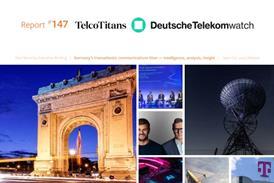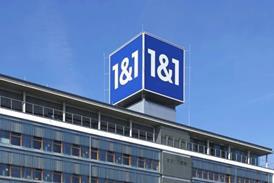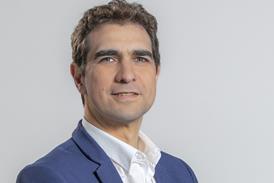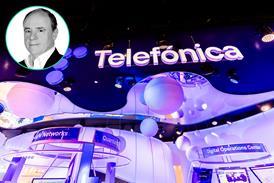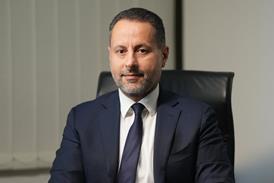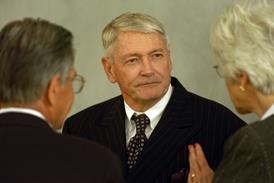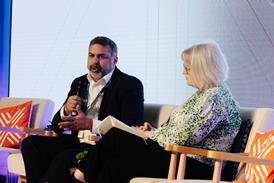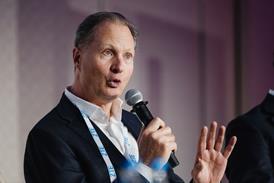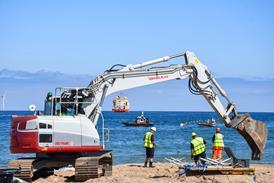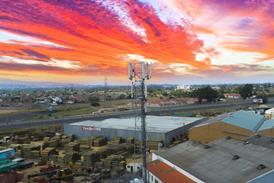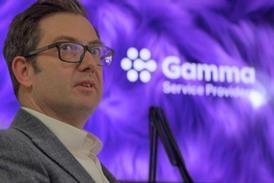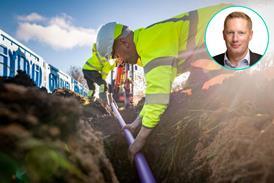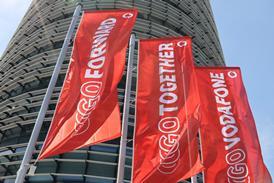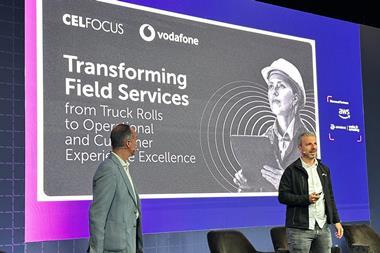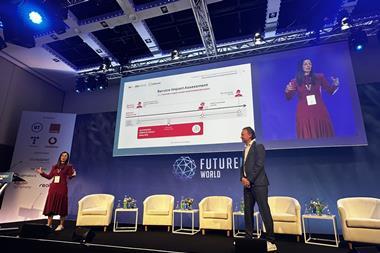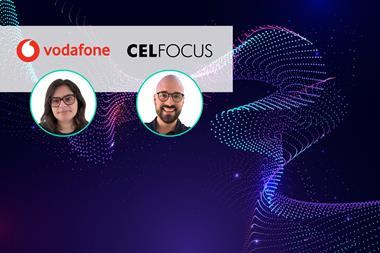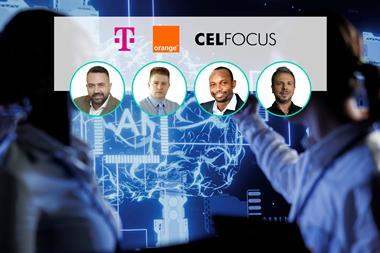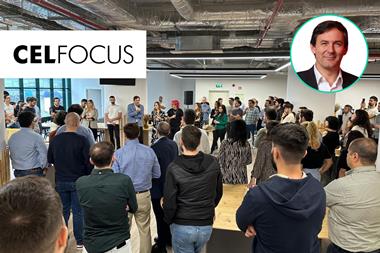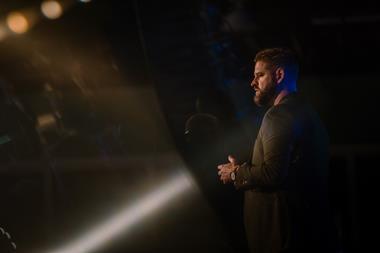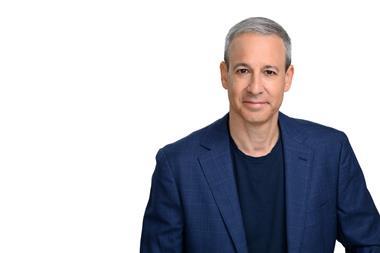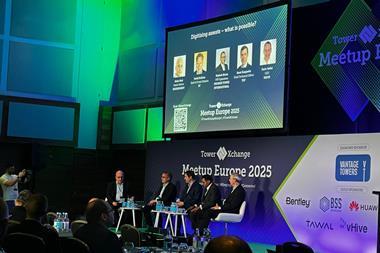- Having established the value of digital twins in complex non‑terrestrial networks, satco SES and systems integrator Celfocus consider why the technology is not yet more widely adopted by network operators.
- The skills gap is flagged, but SES asserts that operators can accelerate deployments through smart partnering and “economies of knowledge” — once fears on differentiation and assumptions that internal development is better are overcome.
- Ecosystem and network complexity mean interoperability remains a challenge, but embrace of standardisation and use of data to overcome lack of visibility can transform possibilities.
- Starting small is seen as the best first step for digital twin adoption, with pilots targeted at unlocking operational value and reinforcing the business case.
- Ultimately, digital twins are seen as a “catalyst of autonomy”, enabling the real-time intelligence required for self-healing and proactive network management.
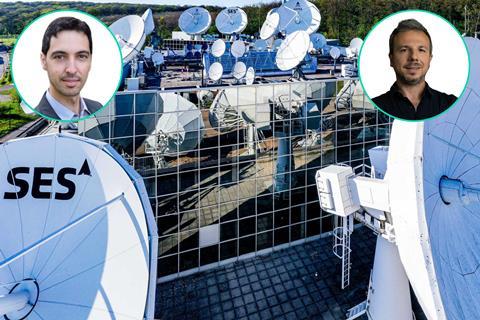
Across the telecoms sector the long‑term benefits that can be captured by adopting digital twins are now largely taken as a given, but adoption varies widely.

Speaking at this year’s ANGA COM digital connectivity conference in Cologne, satco SES’s Director of Digital Architecture, David Villegas, went as far as to suggest that use of the technology could be considered old news in many aspects of his operations.
The question then is not ‘Why should operators adopt digital twin models?’, but rather ‘Why have they not done so?’.
Villegas was speaking during a panel discussion on digital twins with João Miguel Antunes, Head of Autonomy at telecoms system integrator and SES partner Celfocus.
The pair tackled this question of lagging adoption head on, recognising a series of key challenges that are creating turbulence on the flight path to widespread uptake, and providing guidance on how best to steer around them.
![]()
Luxembourg-based SES SA is a leading global satellite operator, which significantly reinforced its market position with acquisition of Intelsat in July 2025. This created a multi-orbit player operating over 70 satellites in GEO and MEO orbits, serving broadcast, government, and telecoms clients. SES reported H1 2025 revenue of €1bn, lifted by 10.3% growth in its Networks division, and boasts an €8bn-plus order book. SES is currently upgrading its O3b mPOWER satellite constellation, to boost capacity and resilience. It is also collaborating on a new defence satellite with the Luxembourg government, a co-owner. Following a spate of sector consolidation, SES is considered one of the global ‘big four’, along with Eutelsat-OneWeb, Viasat-Inmarsat, and SpaceX-Starlink.
![]()
Celfocus is a European systems integrator focused on delivering business value through data analytics, AI, and automation for industries including telecoms, financial services, and energy. Founded in 2000 as a joint venture with Vodafone Portugal, Celfocus is now fully owned by Euronext-listed Novabase.
Overcoming the operator skills gap
SES’s Villegas considers that a lack of resources and internal experience along with the cost of addressing this are significant constraints for operators seeking to adopt modern technologies such as digital twins.
Very often, he noted, operators will have expertise in key areas (such as AI) with expert understanding of different technology and network domains. In the middle, however, are operations centres that are too “overloaded with managing the network” to advance transformative solutions to the problems they so clearly face.
For Villegas, the answer is partnering — but this can go against the grain for some communications providers. “[As an industry] we have the tendency sometimes to wait and do it ourselves: ‘we are an engineering company; we like to do things ourselves’”, he deadpanned.
The benefits from overcoming the ‘not invented here’ instinct can be highly valuable, according to the SES director, in “[accelerating] knowledge transfer” and delivering fast results. “You can start learning about AI, start learning about the possibilities, or you can go to the market, find a partner that can say ‘I’ve been doing that: I have a solution; I have knowledge; and I’ve been implementing that’”, he guided.
Villegas was not suggesting that operators simply hand over the reins, but rather choose not to retread old ground in order to advance innovation elsewhere.
“We can work together: we can team up and leverage what’s available; and then, of course, there’s going to be areas for innovation that are new. Let’s explore that [new territory], but let’s leverage what is already available — and we can benefit today.”
Villegas.
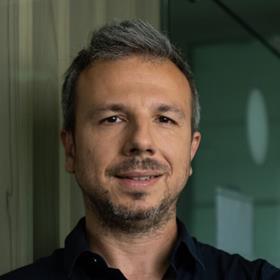
Antunes noted that Celfocus is seeing more clients opting for SES’s path and becoming increasingly collaborative. This enthusiasm is built on thoughtful interaction, rather than the vendor simply deploying a “black box” solution. As partners, operators are seeking to “create a collaboration, a solution, that they understand, and that they can even manage or operate on their own”, he said.
The automation chief says this model fits Celfocus’s own embrace of an open ecosystem where customers operate and evolve their deployed solutions.
“It’s not only about the solution. It’s about how we change the mindset of the people that work on top of it to be more agile, to see: what solutions are there; what clouds; what tools; what open-source tooling [they] can use to solve this particular problem without falling into the typical pitfalls of implementing such technologies.”
Antunes.
Villegas downplayed the suggestion that operators could lose an opportunity for differentiation by looking outward for support with digital twins or other autonomous network solutions.
“We’re talking about things that have been done for a long time”, he said, highlighting that similar technology is in place at content distributors or within search engines delivering recommendations, for example.
“All of [this] is based on the same technologies and it’s well known, so we can apply these technologies to the network. The only thing we need is people that know the technologies and people that know the domain and who know how to apply those technologies to a specific case.”
Villegas.
He singled out Celfocus as a partner that is able to support this approach, with “the knowledge and domain experience” across both emerging technologies and the requirements of communications providers.
SES is a digital twins veteran
Villegas noted that the satellite industry has been an early adopter of digital twins, reflecting the need to understand the impact of changes to, and expansion of, complex non-terrestrial fleets that are providing communication, content distribution, and data services.
With data services particularly focused on use cases involving moving customers (such as cruise ships and aeroplanes, and increasingly also smartphones), providing connectivity for critical infrastructure in challenging surroundings (such as oil rigs), or disaster response, understanding how all aspects of the network are working together is key.
“In an era where everything needs to be connected, we cannot afford networks going down”, said Villegas, who pinpointed the importance of networks operating smoothly, including being able to self‑heal and be managed more autonomously.
“This is where digital twins play a role: it’s not only about observability of the network, but it’s also about how the network will react. [For example, to] identify when there are additional loads, and reshape, and potentially (in case of anomalies) self‑heal.”
Villegas.
Interoperability is an essential function in a world of differences
Interoperability is crucial when considering digital twin adoption but also presents one of the major challenges, according to Villegas.
“It’s not only about having a digital twin. How do we interconnect with customers? With partners? And what is the role of the people?.”
Villegas.
The SES architect highlighted that interoperability is difficult when disparate players and systems are gathering data from different operating and technology environments, with different metrics often in place, and often presented differently.
“You need information that is standardised. That’s why the role of standards and interoperability is very important. That’s why we are communicating every time we have the opportunity… Let’s all go to the same standards, because that creates value to our customers.”
Villegas.
Villegas cited the TM Forum and MEF as industry bodies working to deliver a standardised environment for operators. He particularly flagged SES’s work with MEF on standardising service performance metrics, while Celfocus has close involvement in TM Forum initiatives driving towards standardisation.
Celfocus’s Antunes highlighted how digital twins can help provide greater network understanding when providing visibility into how multiple domains interact with each other.
“A network is not only composed of an access domain or a transport domain or a core. It’s rather the stitching together of those three, and the services going on top of it. A network digital twin is also giving us the possibility of having federation of domains, and having information from several domains.”
Antunes.
This point was picked up by Villegas, who highlighted it as a vital consideration for non‑terrestrial players.
“It’s not only the satellite. We have also terrestrial networks, and that feeds into the customer network — so when you’re monitoring, you need to interconnect all the different players.”
Villegas.
Transforming data complexity into a proactive responsiveness resource
Celfocus’s Antunes highlighted the complexity of data as a challenge that needs to be recognised and addressed, including to ensure an effective digital twin deployment for many operators.
“There will be a lot of data”, he said, noting that a digital twin is “not only representing the network, it’s what it is measuring (its faults, its time-series metrics). There’s petabytes of data even that go second-by-second”.
Antunes sees the role of technology partners such as Celfocus as being first to adjust to this complexity, to digest it, and to act upon the insights this data can provide.
“From that data, you also need to understand and to be proactive rather than reactive to a fault or problem that the network is raising. We need to understand first where the pattern is going wrong. We need to go into that proactive mode and raise a red flag. ”
Antunes.
“A catalyst of autonomy”
Celfocus’s Antunes said that, through enabling network visibility, digital twins can have a role as “a catalyst of autonomy”. When looking to provide real-time intelligence and real-time decision‑making on top of the network, he stressed that “you cannot afford to be going and getting information from the network, from fault management, performance management, wherever it is”.
“We really believe in [creating] this virtual representation of the network so that you can then put in AI, machine learning, GenAI — whatever it is that can extract information in real time — and offer decisions so that you can either call someone or just automate it.”
Antunes.
The first step towards digital twins: leveraging “economies of knowledge”
Considering aspects that need to be tackled, Villegas and Antunes were asked what they considered the best approach for operators setting out to capture the upside of digital twin adoption.
Antunes’ first suggestion was to use data as a form of operator pain relief.
He advised starting by identifying “the thing that is hurting the most”, before undertaking an offline proof of concept that focuses on gathering the right data, applying machine learning algorithms and modelling, and “seeing what you can get from your data”.
“If it [the Proof of Concept] has quality, if it produces results and then if it goes well, yes, connect the pipes with data and then just let it run and provide value to operations. That, I would say, is a very good way to start.”
Antunes.
Villegas similarly emphasised that the way forward for operators is to start small, bringing together a multi-disciplinary team, and prove the value to justify both current and future investment. Again, the value of strong partnerships was emphasised by enabling projects to move quickly and benefit from work that has gone before. Operators need to create a “tiger team” to take on the challenge, he said.
“Very often, it’s difficult to convince [people that] we need to invest in that area, and we don’t know where to start. Let’s start with finding the right people and start working on it. Try to get people that have already done it right. Let’s start reusing these economies of knowledge.”
Villegas.
This incremental approach is considered effective because it “starts showing the value of these technologies”, and overcomes perception that the technology challenge ahead may be too complex.
“Start small: put the people together; collaborate; start showing value and run. It’s really possible.”
Villegas.
Not getting started, he warns, risks the operator lagging as peers speed up.
Topics
- 5G
- AI/GenAI/ML (artificial intelligence, agentic, machine learning)
- ANGA COM
- Automation
- Autonomous networks (zero-touch)
- Celfocus (Novabase)
- Cloud
- Data
- David Villegas
- Digital twin
- Eutelsat
- Eventwatch
- Germany
- Innovation (R&D)
- João Miguel Antunes
- Multi-vendor (interoperability)
- Network & Infrastructure
- Open Digital Architecture (ODA)
- Open source
- Partnerships & Alliances
- Portugal
- Rural Connectivity
- Satellite
- Technology
- Thought Leadership
- TM Forum (TMF)



